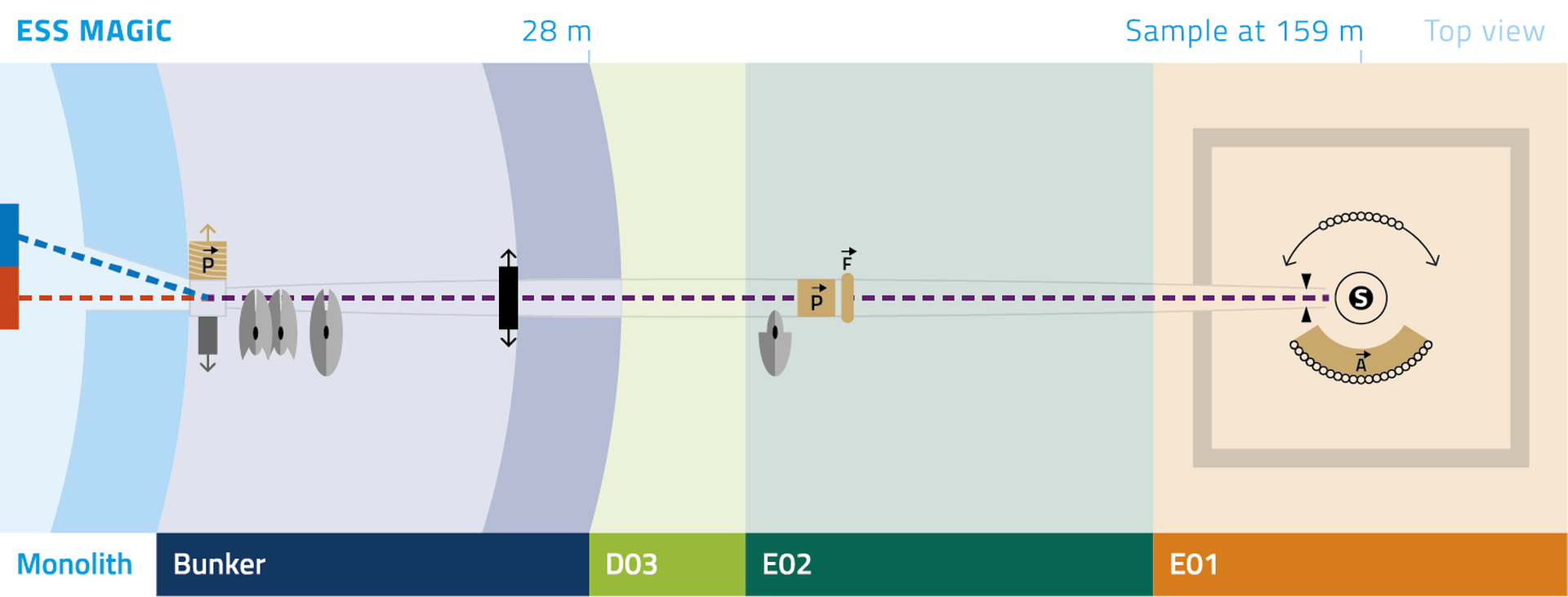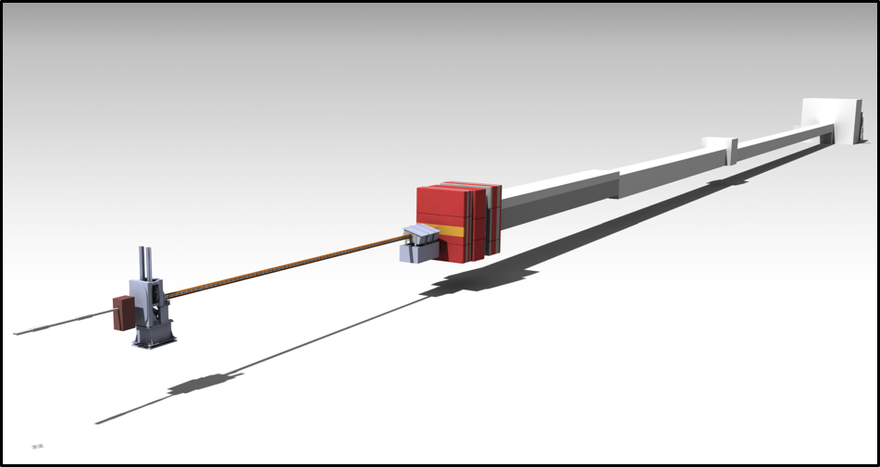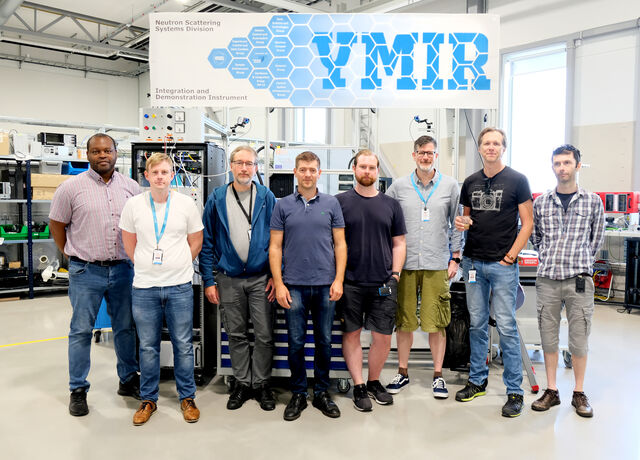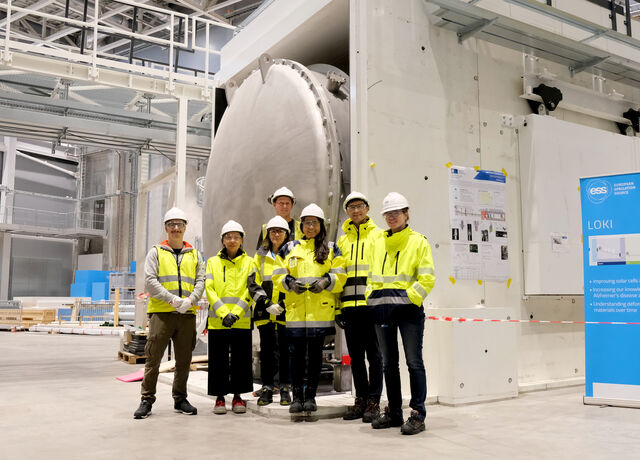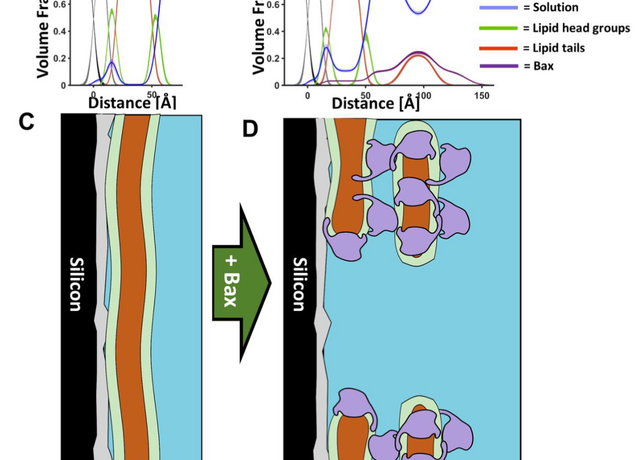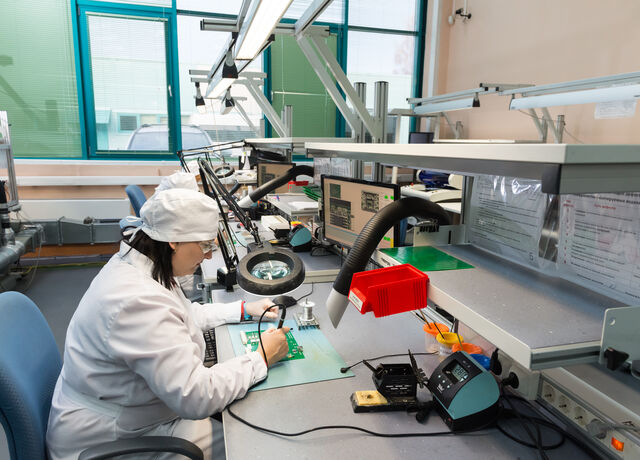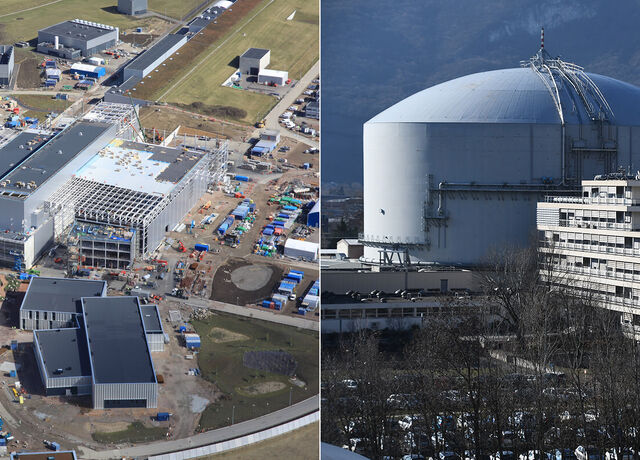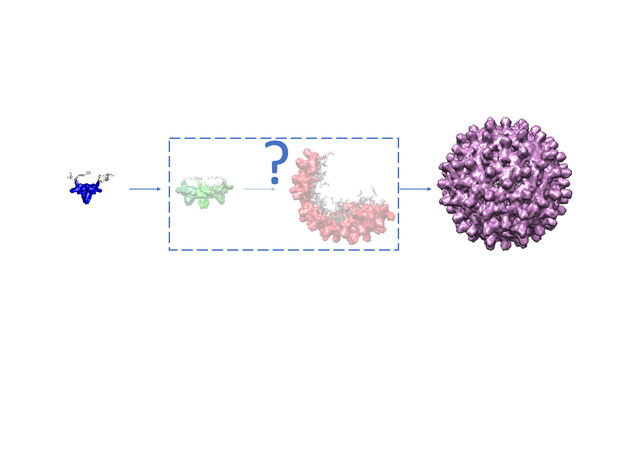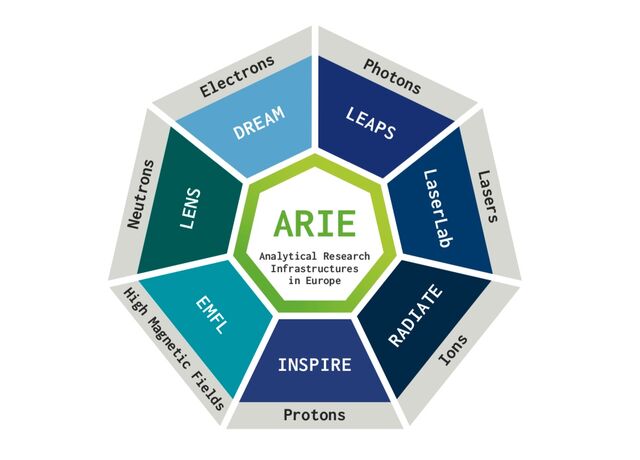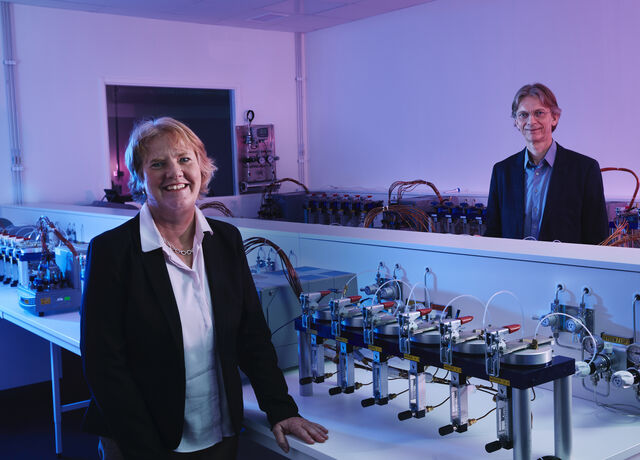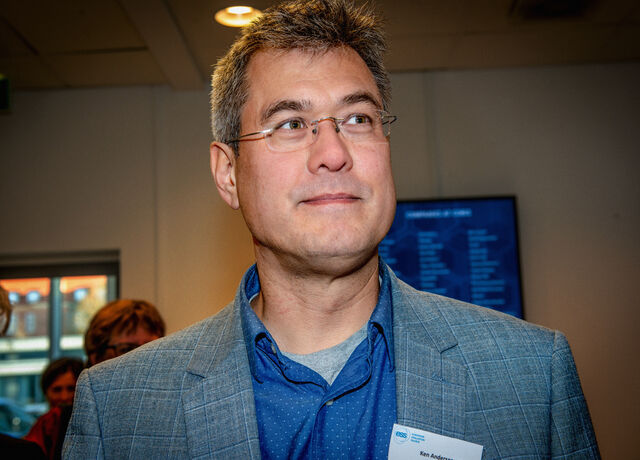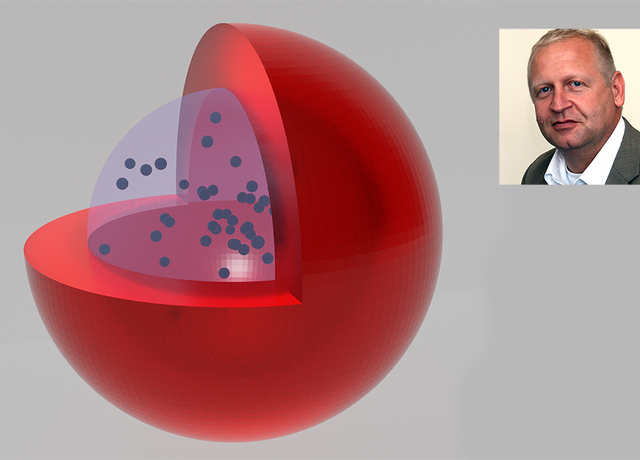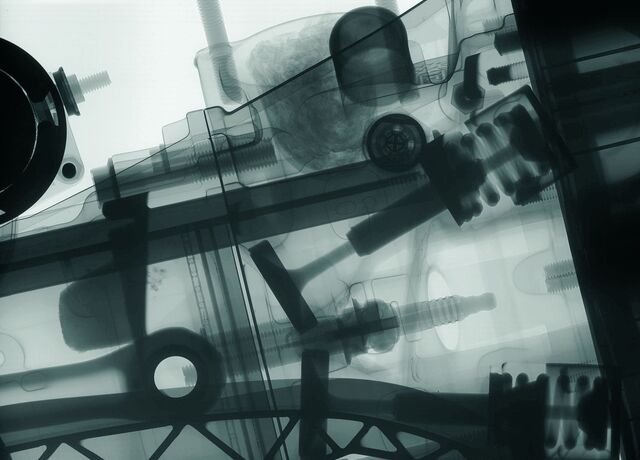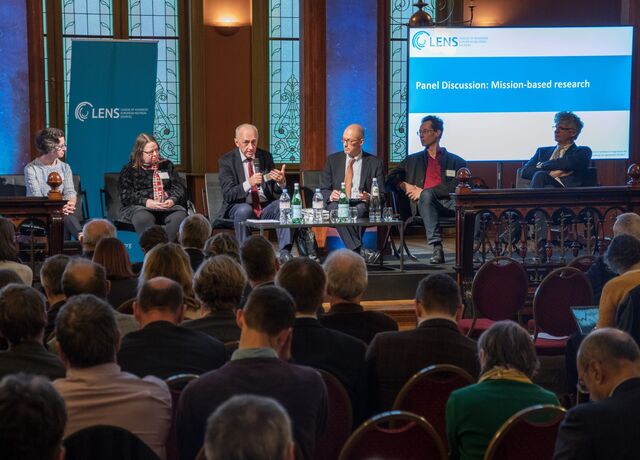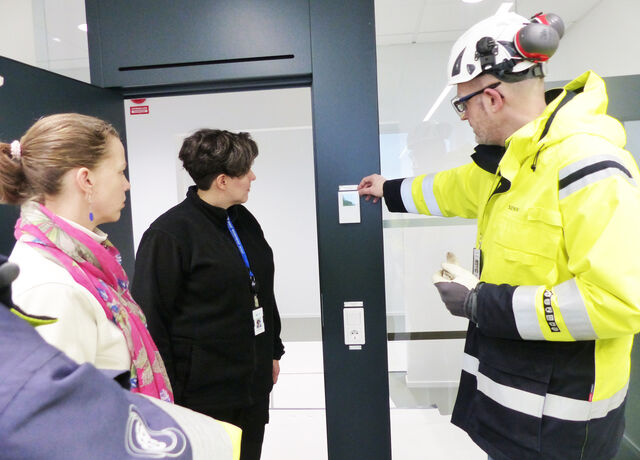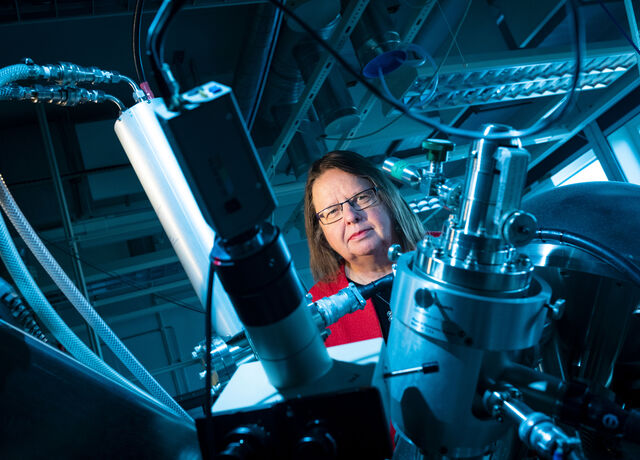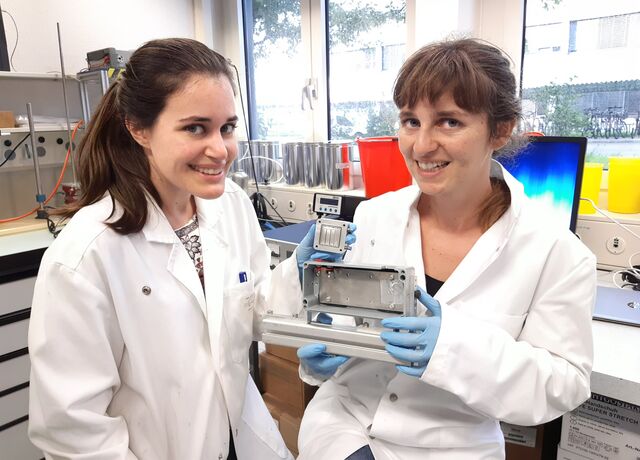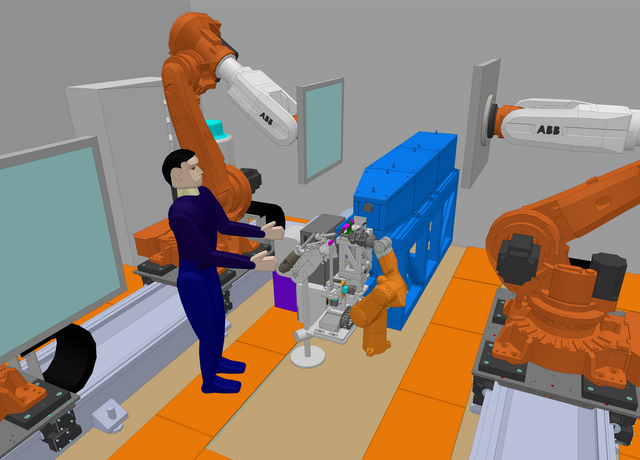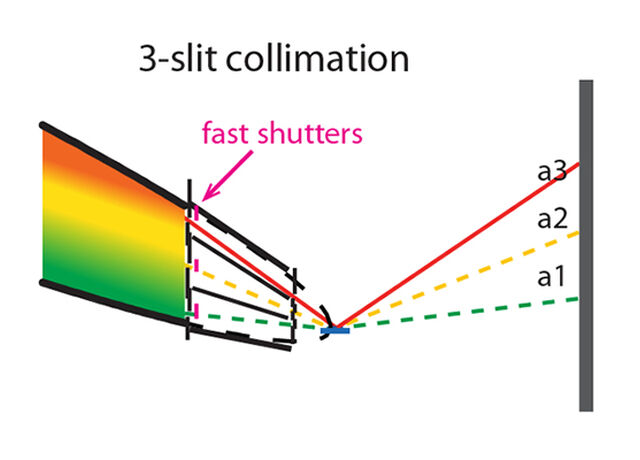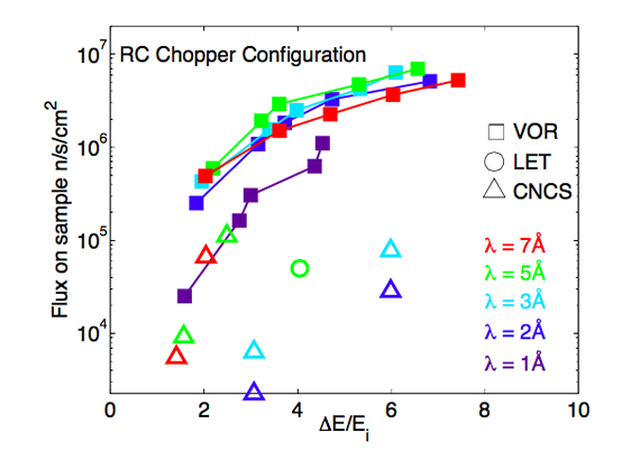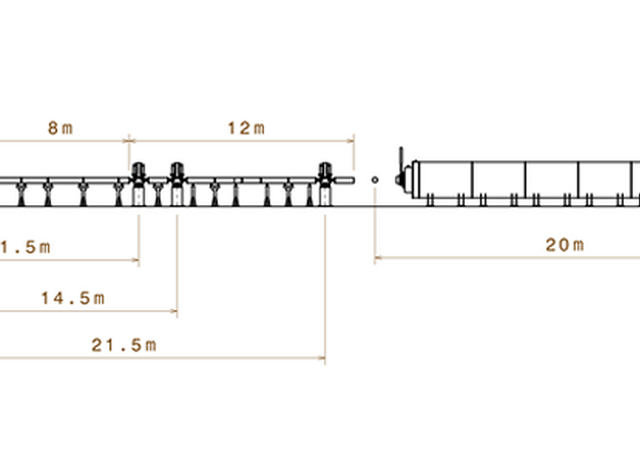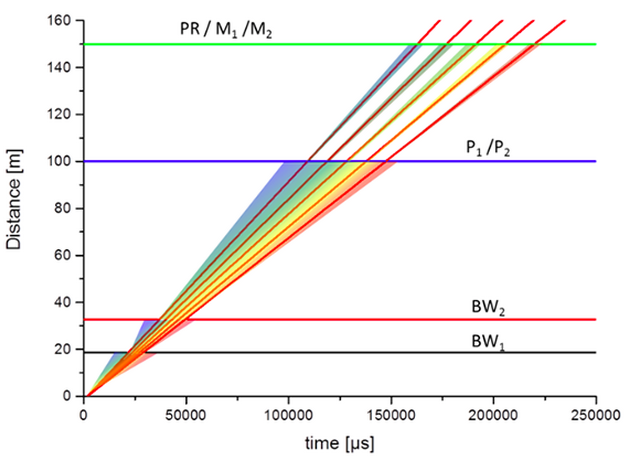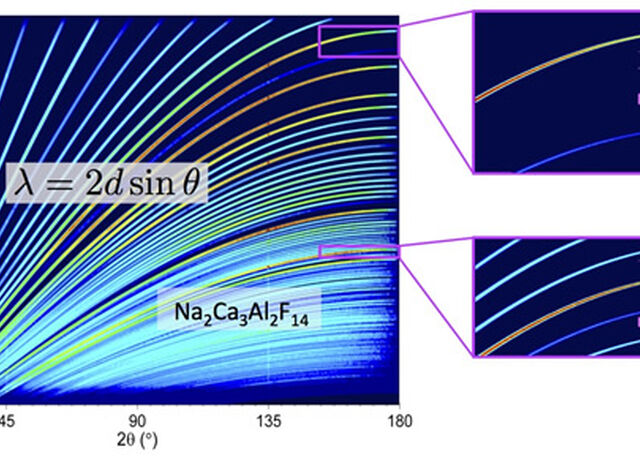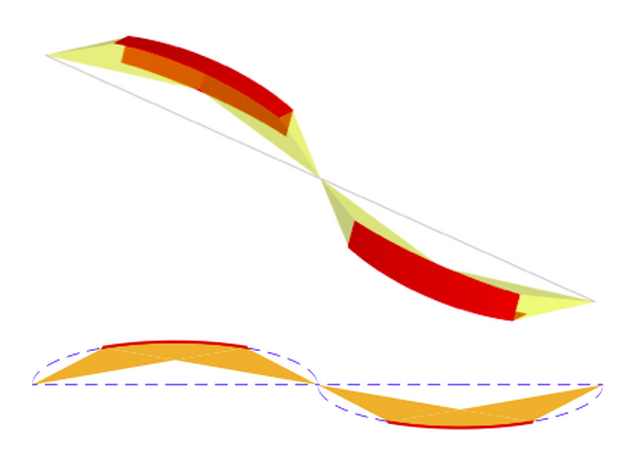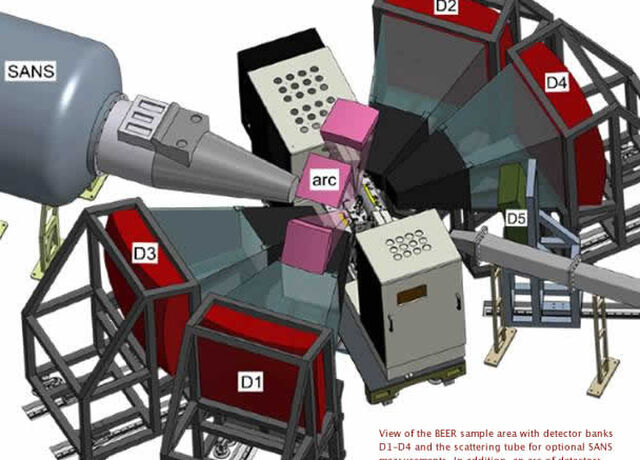MAGiC
Magnetism Single-Crystal Diffractometer
MAGiC is a polarized time-of-flight single-crystal diffractometer dedicated to the study of magnetic properties in both applied and purely fundamental systems. Its development and construction are supported by a French/German/Swiss consortium, relying on a mesh of unique and complementary technical and scientific expertise.
MAGiC has been designed with polarization in mind and will deliver a permanently polarized neutron flux on both the cold (2-6 Å) and thermal (0.6-2.3 Å) spectra across a wavelength band of 1.7 Å at the sample, positioned 160 m from the ESS target. State-of-the-art neutron optics and choppers technology, combined with the latest developments in the field of solid-state super-mirrors polarization analysis, will offer to the end users the brightest polarized beam (4x109 n/s/cm2) on a flexible instrument, expanding the horizon of neutron diffraction towards low volume samples and quantum magnets.
Instrument Class
Beam Port
Lead Scientist
Lead Engineer
In the last 50 years, an increasing number of materials have been discovered that show novel physical properties that are only partially understood.
In a large fraction of these materials, the electronic states that give rise to the novel physical properties involve spin or orbital degree of freedom, which is also the origin of magnetism. Examples can be found in diverse areas, some of which could have technological applications in the medium term. This includes novel forms of superconductivity and ferroelectricity – materials properties that are widely used in industry, and where novel materials could lead to an increase in energy efficiency or to an enhanced performance. Other materials feature novel states at low temperatures, such as spin liquids or complex magnetic structures with emergent properties, which may have applications in the long term.
Of high current interest in the scientific community is the role of spin-orbit interactions in solid materials and complex magnetic structures arising from competing interactions. Examples of current hot topics include the physical properties of iridium oxide materials, novel spin textures found in skyrmion-featuring materials, the complex interplay of magnetism and superconductivity in unconventional superconductors (pnictides, cuprates, heavy-fermion intermetallics and organic superconductors), multifunctionality in magnetically-induced ferroelectrics, and frustrated or low-dimensional magnetic materials featuring strong magnetic correlations or spin-liquid-like quantum coherent ground states. Some of these materials cannot be studied at present due to the lack of large enough single-crystalline materials and/or weakness of the magnetic contribution to the diffraction pattern.
The instrument length is ~160 m from moderator to sample position. The MAGiC guide will point at the thermal moderator while an optional polarizing solid-state bender will be used to efficiently extract and polarize the neutrons emitted by the cold moderator.
The guide geometry is based on a double elliptic one (both vertically and horizontally) kinked at mid-distance by ~0.5°. This kink will remove the direct field of view from the sample to the moderator, strongly reducing background while efficiently polarizing thermal neutrons.
The beam can be shaped and tailored to the user needs. The Pulse Shaping and Selection Choppers positioned at 6.2 m from the target will allow to tune the pulse length down to 200 μs, increasing the instrument longitudinal resolution. The Band Chopper positioned at 80 m will define the wavelength boundaries of the transported beam. At sample position, a set of collimation slits will tune the incident beam divergence thus adjusting the transverse divergence. An optional 1m long guide piece can be used to increase flux on micro-crystal (< 1 mm3).
Two 1 m radius detectors will collect the scattered beam. These detectors are based on the 10B technology in inclined geometry offering high efficiency and spatial resolution. The first one, covering 0.8 sr, will be dedicated to half-polarized experiments while the second one, covering 0.2 sr, will be dedicated to polarization analysis experiments. Polarization analysis will be ensured by a solid-state analyzer consisting of ~12000 silicon channels coated with FeSi super-mirrors.
Finally, the instrument is designed to accommodate all type of cryogenics, magnets and pressure sample environments.
Sample Environment
MAGiC is designed to accommodate all type of cryogenics, magnets and pressure sample environments.
Publications
Andersen, K. H. et al. The instrument suite of the European Spallation Source. Nuclear Instruments & Methods in Physics Research Section a-Accelerators Spectrometers Detectors and Associated Equipment 957, 39, doi:10.1016/j.nima.2020.163402 (2020).
Lead Scientist
X. Fabrèges, Laboratoire Léon Brillouin, CEA/CNRS
Lead Engineer
S. Klimko, Laboratoire Léon Brillouin, CEA/CNRS
Senior Advisor
A. Goukasov, Laboratoire Léon Brillouin, CEA/CNRS
Work Package Coordinator
Werner Schweika, JCNS/ESS
U. Filges, PSI
Engineer
P. Harbott, JCNS





























